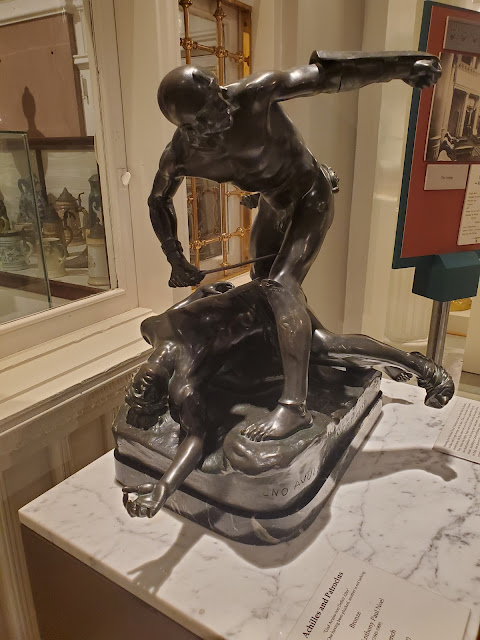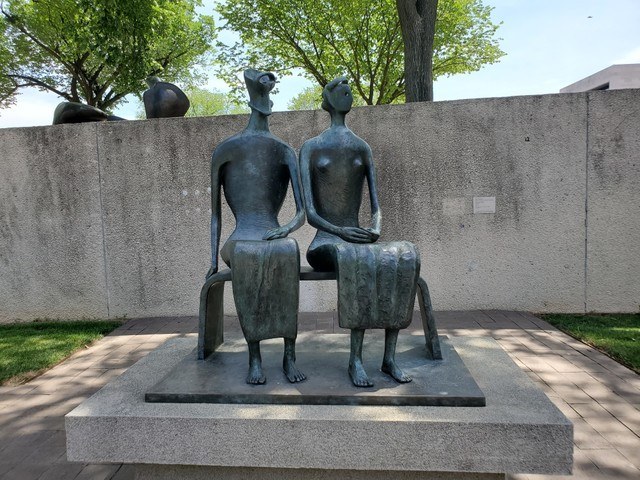St. Augustine, FL
April 5, 2022
The museum is in the Excelsior High School building, which was the first black public high school in St. John's County. Post-segregation, the building became home to government offices until the mid-80s, when it was meant to be demolished. The building became the Excelsior Museum and Culture Center in 2005, and it changed to its current name in 2012. The LMCC's mission is to "preserve, promote and perpetuate over 450 years of the African American story through the arts, educational programs, lectures, live performances and exhibits."
LMCC
Artifact 1: Tinted Photo of United States Colored Troops during the Civil War
This photo from the Civil War era was taken in front of the Castillo de San Marcos, which was called Fort Marion at the time. The Union Army's 10th Corps was organized in South Carolina and traveled throughout South Carolina, Georgia, and Florida, where they arrived in St. Augustine in 1861.
Artifact 2: Letter from the FBI to Dr. Martin Luther King Jr.
This letter sits on a case that contains J. Edgar Hoover's boots. Hoover was the first director of the FBI, and he was known for his unethical and unlawful methods both on his way into office and during his time in office. This letter came in a package on November 21st, 1964, alongside a tape recording of the alleged sexual acts discussed in the letter. Coretta Scott King first received the package, which she then passed along to her husband. King believed the letter to be from the FBI, though it was anonymous, and he was correct as a copy of the letter remains in Hoover's confidential files.
Image in Conversation 1
This is a picture of visitors at the National Center for Civil and Human Rights in Atlanta, Georgia. The featured exhibit is a simulation of what a sit-in at a lunch counter would have been like for activists in the Civil Rights Era. The Woolworth's counter in the LMCC reminded me of this exhibit because sit-ins are one of the aspects of Civil Rights that schools teach most about.
Image in Conversation 2
This is an image from the Civil Rights documentary "Eyes on the Prize," which is a series made in 1986 about the Civil Rights Years. We watched it in my senior year history class, and I remember the firsthand accounts from those in the documentary and how they added to the narrative. The LMCC does a great job of personalizing the narratives it displays, as well as telling the less mainstream narrative of Civil Rights in St. Augustine as it's a location often left out of textbooks and documentaries such as "Eyes on the Prize."
Literature in Conversation
"His father and my grand-father both assumed Yoruba surnames during the sixties."
- Parable of the Sower by Octavia Butler
In this line of dialogue, Lauren, the novel's main character discusses how she finds comfort in another traveler because of a shared aspect of their identities. When people's identities are erased - as those of enslaved people brought to the US were - they find comfort in the identities they find and create for themselves. The LMCC helps people find an aspect of their identity and the city's identity that often goes unnoticed or suppressed.
Creative Response
Excelsior - For the school the building used to house Vickers - For Barbara Vickers
Zora - For Zora Neale Hurston
King - For Dr. Martin Luther King Jr.
Pride - For Lincolnville's legacy
Lincolnville - For the rich area surrounding the museum
Foot Soldiers - For all those who contributed to the Civil Rights movement in St. Augustine
Jazz - For the contributions to jazz Lincolnville residents made



















































